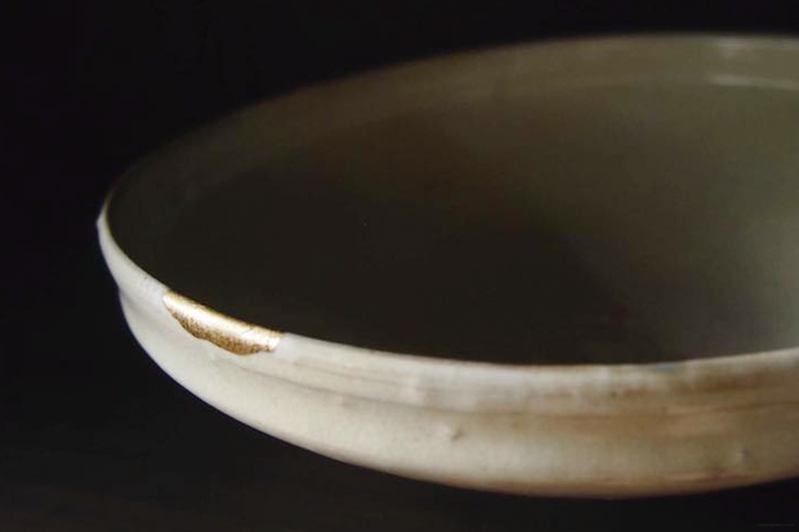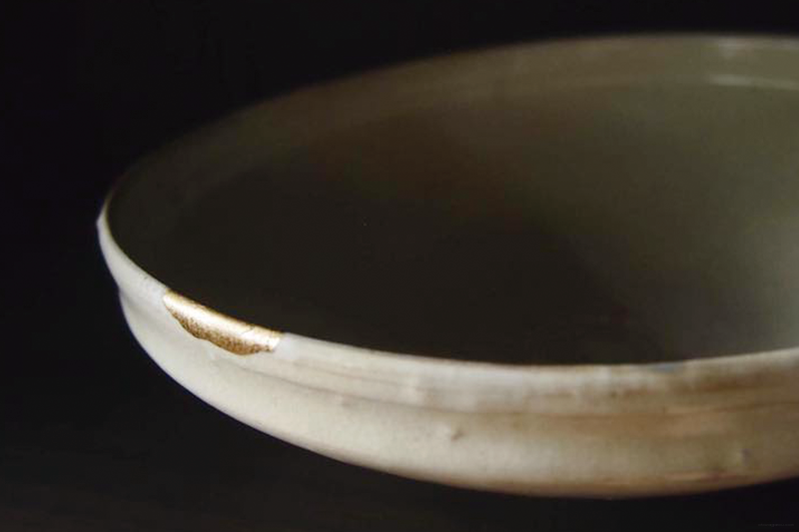Kintsugi course
Kintsugi course
7 in stock
Couldn't load pickup availability
In Japan, there is a technique called “tsugi” that repairs broken pottery and turns scratches into charm.
Kintsugi is a repair method in which broken ceramics are repaired with lacquer and finished with gold lacquer.
This time, we will open a full-fledged Kintsugi course using genuine lacquer for beginners. A technique that creates beautiful scenery as if it were inevitable, while carefully chasing over accidental cracks such as cracks and chips. Why don't you experience it?
cancellation charge
ご予約について
ご予約変更について
ご予約変更について
*Please refrain from contacting the instructor directly as we cannot respond.
キャンセルポリシー
キャンセルポリシー
cancellation charge
クラスについて
初級クラス(全4回)について
初級クラス(全4回)について
*If you miss a class for your own reasons, you can make up for it in another class.
* After taking the beginner class, you can choose an intermediate class that also deals with "cracking".
初級クラス費用
初級クラス費用
・ Kintsugi set: 8,000 yen (first time only)
・ Text fee: 600 yen (first time only)
*Various cards can be used for payment.
中級クラス費用
中級クラス費用
・ Text fee: 700 yen (first time only)
*Various cards can be used for payment.
講師
講師
Since 2007, he has studied under a master who is a maki-e master and learned the technique of Kintsugi.
Since 2013, he has been working as a kintsugi lecturer in various places since he started repairing ceramics with lacquer. Living in Yamanashi Prefecture.
ご参加にあたって
持ち物
持ち物
・Rubber gloves
・About 3 pieces of glass you want to fix (no glass)
入室時間について
入室時間について
Please refrain from coming early as it will affect the class before and after.
Thank you for your understanding and cooperation for the smooth operation of the course.
初めてご参加される方へ
初めてご参加される方へ
修繕の注意事項
修繕の注意事項
①Regarding materials to be mended <br>Lacquer works better with pottery than with magnetism. Glass does not go well with lacquer. You can mend it, but I don't recommend it because there is a risk of cutting your hand.
(2) Pre-treatment of the vessel to be repaired <br>Remove the dirt on the surface of the scratch before repairing it. Do not use bleach as it may interfere with the hardening of the lacquer. If it is very dirty and you have used bleach, soak it in a very dilute solution and be sure to see the progress. Please do so within your own responsibility.
(3) Lacquer rash <br>Since lacquer that is not dry is likely to cause an allergic reaction, it may cause a rash. We will guide you on how to deal with skin contact, but we recommend that sensitive people wear gloves during the entire process. In addition, lacquer that has dried completely will not cause a rash.
器の保管について
器の保管について


